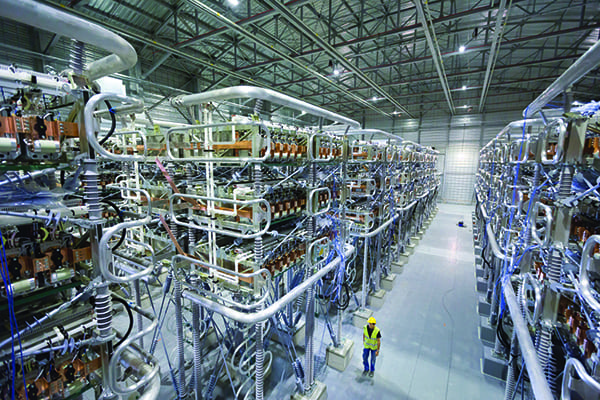The RCD, data buffers and DRAM chip all operate at 1.1-1.25V.
By "management" it only means reading RAM profile from the DIMM's SPD chip. That's a one-time-per-DIMM 5-10mA load for a fraction of a second once during POST each time you turn your computer on. Nothing worth having a bundle of 3.3V cables capable of carrying 40A from the PSU to the motherboard for.
Nonsense, the whole purpose of having the lower voltage is for the higher current. This is to enable the desktop to run under the Current overcharge that it does. Why Have 12v modules when you can use the 3.3 and use capacitors to increase voltage.
And you are still not getting the point. All DC-DC converters still have to pass all the power needed through the circuits regardless of the frequency. This creates heat and waste! The lower the voltage the lower the Electromagnetic response, and less waste (unless it is over long distance). And these systems requre alot of power, all in current, more so than voltage. Voltage is just for regulation and to make sure that power does not exceed power ratings and soley because current is draw as demmand allows, voltage is controlled by resistive or impedance factors.
And still, Using oscillators to decrease voltage is an old technology, it was something we were being taught in uni in the 90's, but this was more for creating impedance by clock pulsing capaitors, not to drop average voltages. What happens if the timing circuit gets damaged? you want to risk borking every component that is not 12v




